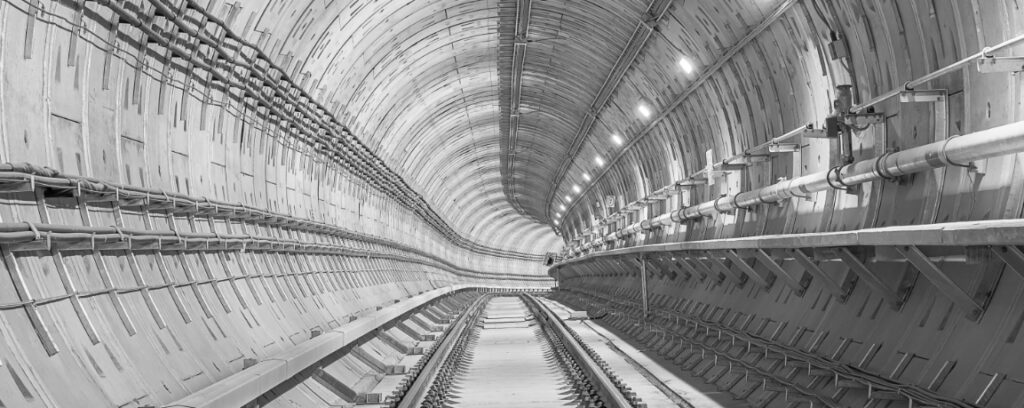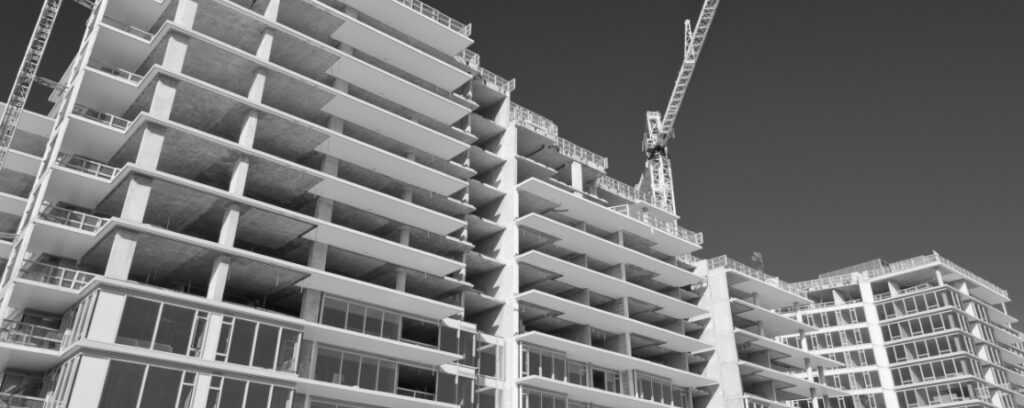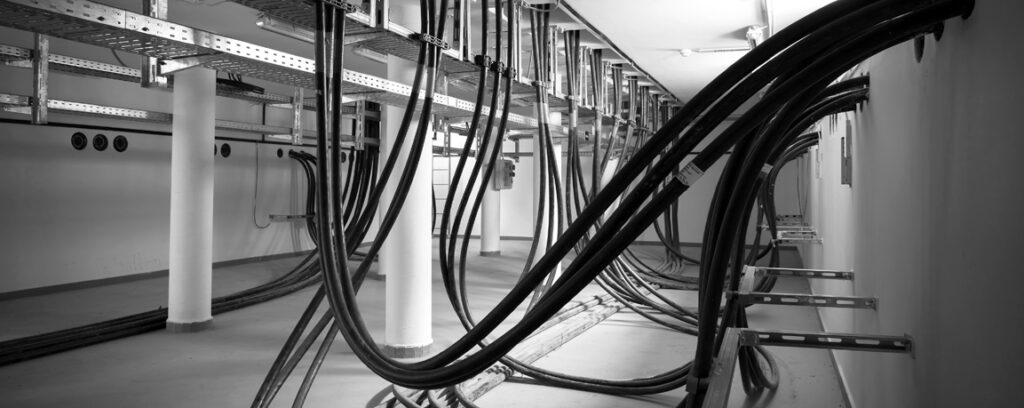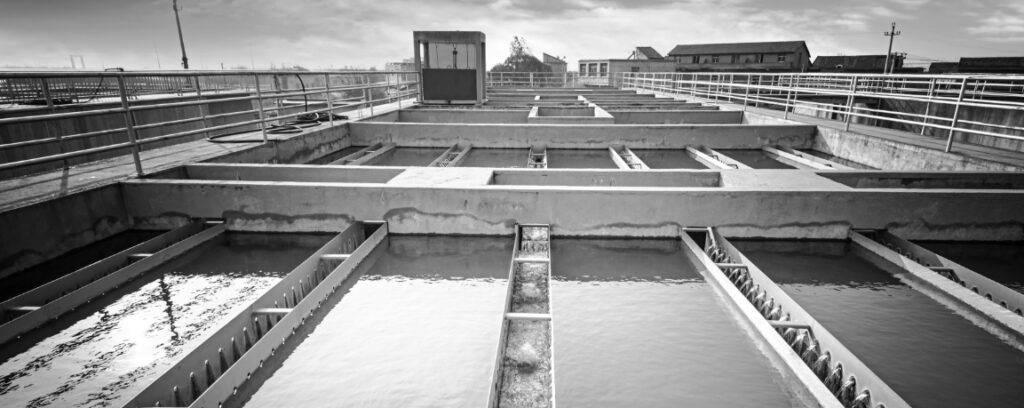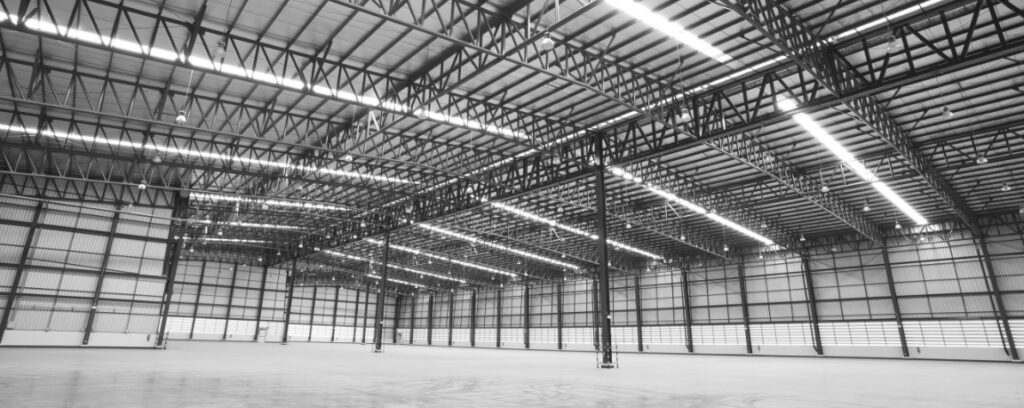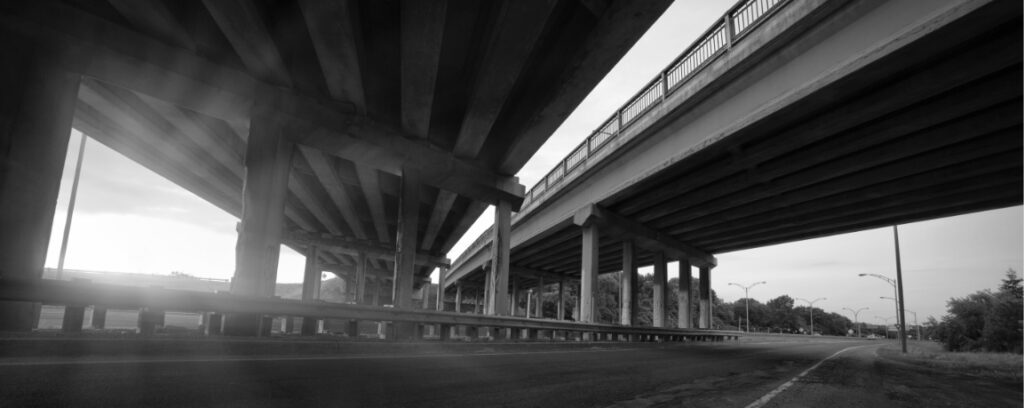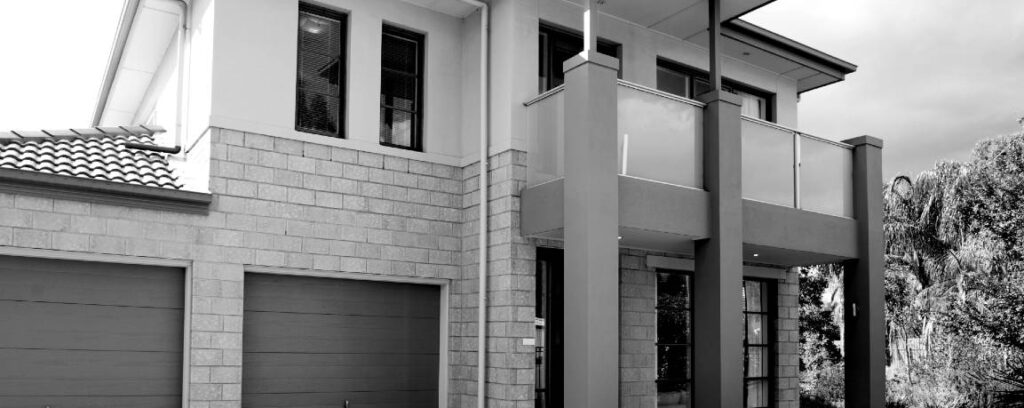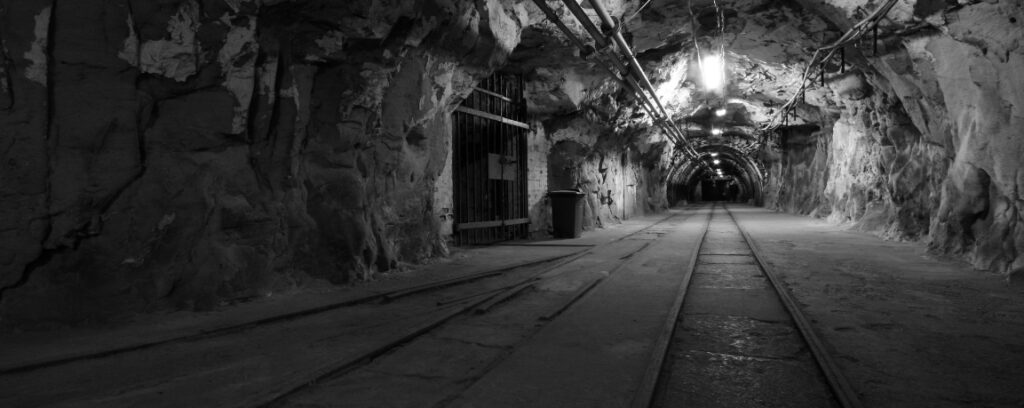FRP Rebars
A complete range of FRP rebars
FRP rebars - a groundbreaking solution for civil structures that require enhanced corrosion resistance. FRP Rebars are composed of glass fibers and resin. The glass-fibers provide stiffness and strength to the bars, while the vinyl ester or polyester resin delivers exceptional corrosion resistance, making them ideal for use in harsh chemical or alkaline environments. At ECPL, we understand the importance of longevity and durability in civil engineering structures, which is why we believe FRP bars are an essential solution. Our FRP rebars offer a long-lasting solution to corrosion problems, increasing the life expectancy of the structures in which they are used.
Explore our website to learn more about our products and how they can be incorporated into your civil engineering projects.
Why FRP rebars?
FRP (Fiber Reinforced Polymer) rebars have become increasingly popular as an alternative to traditional steel reinforcement bars in civil engineering structures. This is due to several reasons that make FRP rebars a superior choice in many applications.
Firstly, FRP rebars are highly corrosion resistant. Unlike steel, which can corrode when exposed to harsh environments such as saltwater, chemicals, or extreme temperatures, FRP rebars do not corrode. This makes them ideal for use in structures located near coastlines, chemical plants, or in areas with high humidity.
Secondly, FRP rebars have a high strength-to-weight ratio. This means that they can provide the same strength as steel reinforcement at a much lighter weight. FRP rebars are 4 times lighter than steel and 2.5 times stronger than steel. This feature makes FRP rebars ideal for use in structures that require lightweight construction, such as bridges or high-rise buildings.
Thirdly, FRP rebars are non-magnetic and non-conductive. This feature makes them ideal for use in structures that require electromagnetic neutrality, such as hospitals or laboratories.
Overall, the use of FRP rebars offers a cost-effective, durable, and sustainable solution for construction projects. Their superior corrosion resistance properties and high strength-to-weight ratio make them a popular choice for civil engineering structures. Additionally, their non-magnetic and non-conductive properties make them suitable for specialized applications.
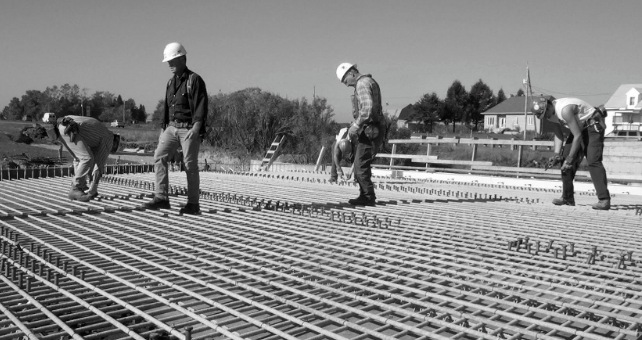
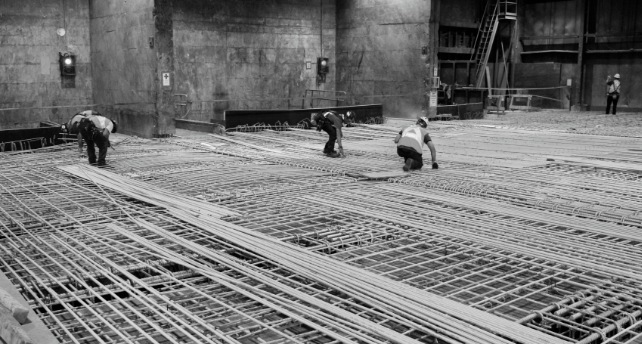
Applications of FRP Rebars
BRIDGES, RESTRAINT SYSTEMS, AND BRIDGE DECKS
Exposed to the effects of de-icing salts, these structures’ reinforcement is usually their greatest weakness. This results in expensive repairs and replacements of these structures that are far from reaching their expected service life.
DIAPHRAGM WALLS
There are many construction techniques when it comes to tunnels, such as the cut-and-cover (open-pit) method or the more traditional bored-tunnel method. Of these techniques, the one that uses shields and tunnel boring machines (TBMs) is widespread and supposes the construction of a reinforced concrete launch box and extraction shaft.
Although well adapted to bore through concrete, TBMs are not well suited to work their way through a steel-reinforced concrete structure because of the resilience of the steel. The presence of this kind of reinforcement will seriously hinder the work of rotary cutters because of its ductility, absorbing the cutter’s energy and deforming instead of allowing them to fracture the concrete as they’re supposed to.
MULTISTORY PARKING GARAGES, BALCONIES, FOUNDATIONS, AND SLABS-ON-GRADE
The use of reinforced concrete in construction is a universally accepted and generally effective practice. However, there are a few applications for which steel is simply not enough.
These include structures like multistory parking garages, where the main, if not the only, cause of deterioration is corrosion of the reinforcing steel. Whether caused by the accumulation of chloride-based road salts or the location of open structures in coastal areas exposed to sea spray, corrosion of the reinforcing steel in these structures can have catastrophic and devastating consequences, ranging from property loss to human death, as shown by recent events.
MRI EQUIPMENT ROOMS, AUTOMATED TOLL BOOTHS, ELECTRICAL SUBSTATIONS
The use of stainless steel, the grounding of the rebars, and the distancing of the rebars from the equipment are all techniques and methods used to avoid problems related to the magnetic properties of conventional steel rebars.
As we know, steel is a source of interference when an application requires an electrical signal to be transmitted between two elements or when the element is located close to a large source of energy.
WHARVES, SEAWALLS, AND BREAKWATERS
Deterioration of reinforced concrete structures in marine environments due to chloride ion migration, leading to corrosion of the reinforcing steel in these structures, is a serious and widespread problem around the world.
The standard solutions to control corrosion of reinforcing steel, such as using cathodic protection (sacrificial anode or impressed current), increasing the thickness of the concrete cover, or adding corrosion inhibitors to the concrete, are generally expensive to install and maintain for some structures. They can also be complex to implement, and their effectiveness remains questionable to this day.
DRINKING WATER AND WASTEWATER
Over time, and often due to the conditions in which they operate, many industries experience problems with the degradation of their reinforced concrete infrastructures. For example, drinking water and wastewater treatment plants are particularly vulnerable to this type of situation.
The use of halogens such as chlorine, fluorine, or iodine in the disinfection of drinking water, as well as ozonation, has a devastating effect on steel products, whether it is black, galvanized, epoxy coated or even stainless steel. Obviously, disinfection is necessary to ensure the quality of the water distributed to the residents of the neighboring communities; therefore, measures must be taken to protect the reinforced concrete basins against the attacks of these aggressors.
ALUMINUM SMELTERS
In a completely different area and dealing with a very different problem, aluminum smelters are subject to overheating of the reinforcement in the slabs of the potrooms, which, in turn, damages the concrete.
Indeed, the high voltages used in the alumina transformation process and the loops created by the reinforcement pattern in the slab cause, by induction, significant energy losses and ultimately make the reinforcement a heating element. This accumulation of heat, which can reach a few hundred degrees Celsius, leads to a significant expansion of the steel and causes the concrete to crack by weakening the link between the reinforcement and the concrete.
RETAINING WALLS
Retaining walls are among the structures that are subject to exposure to salt spray, whether it be from passing vehicles on roads where de-icing salts are used or from their installation in coastal areas.
The durability of these structures is frequently questioned, and seeing them reinforced with the so-called corrosion-resistant reinforcement is not uncommon. Other techniques used to extend the life of these walls include the use of sacrificial anodes or cathodic protection as well as the use of corrosion-inhibiting additives in concrete mixtures or the application of a sealant on the wall sections themselves.
ARCHITECTURAL CONCRETEARCHITECTURAL/DECORATIVE CONCRETE STRUCTURES
In coastal areas and in urban areas near roads where de-icing salts are used, witnessing the degradation of architectural/decorative concrete structures is not uncommon. Whether it is the coloration of the surface of the decorative concrete elements or, in the extreme, the collapse of parts of the concrete surface as a result of the corrosion of the reinforcing steel, these situations are highly undesirable and subject to significant rehabilitation and repair costs.
Indeed, the bars are white, a perfect complement to the natural color of the concrete. They are also nearly twice as resistant in tension as steel, allowing installation under minimal concrete cover and unparalleled shrinkage/cracking control. In short, these products offer an unmatched quality–price ratio.
ANCHORAGES AND STRUCTURES
Over the past decade, global mineral exploration budgets for non-ferrous metals have averaged over US$10 billion.
With all these new projects, and especially in cases of extraction of corrosive products, the need for a reinforcement solution for the concrete infrastructure of these mines as well as soil retention products is greatly accentuated.


